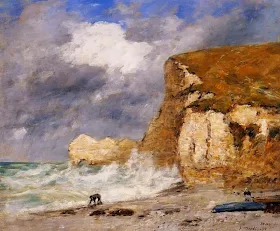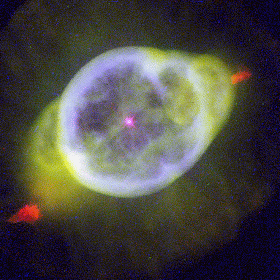John Atkinson
Grimshaw, November Afternoon, Stapleton
Park, 1877, Oil on board, 28 x 43.5 cm, Private collection.
Alfred Sisley, Morning in November, 1881
Vincent van Gogh, Olive
trees under a yellow sky, and the
November sun, 1889
John Atkinson
Grimshaw, November Moonlight, Oil on
board, 63.5 x 76.5 cm, Private collection.
Eugène Boudin, Étretat, The Amont Cliff in November, 1890,
Oil on canvas, 50 x 60 cm.
Pieter Bruegel the
Elder, The Return of the Herd (November),
1565, Oil on panel, 117 x 159 cm, Kunsthistorisches Museum, Vienna.
Sir George Clausen,
Morning In November, Oil on canvas, 1922,
51 x 62 cm, Public collection.
Theodore Clement
Steele, November Morning, 1904, Oil
on canvas, 76.2 x 114.3 cm, Public collection.
Theodore Clement
Steele, Novembers Harmony, 1893, Oil
on canvas, 67.31 x 96.52 cm, Public collection.
Carl Larsson, November, 1882, Oil on canvas.
Limbourg brothers (Herman,
Jean, Paul), Les Très Riches Heures du
Duc de Berry: Novembre (November), 1412-16, Manuscript (Ms. 65), 294 x 210
mm, Musιe Condι, Chantilly.
Joachim von
Sandrart, Der November, 1643, Oil on
canvas, 149 × 123.5 cm, Staatsgalerie im
Neuen Schloss, Schleißheim.
Rockwell Kent, Early November: North Greenland, 1932,
Oil on canvas, 34 x 44 inches, The State Hermitage Museum, St. Petersburg, Russia.
Birge Harrison, November
Ilya Repin, Ivan the Terrible and His Son Ivan on
November 16, 1581. 1885. Oil on canvas. The Tretyakov Gallery, Moscow,
Russia.
Alphonse Marie de Neuville,
An Episode from the Franco-Russian War
(The Garret in Champigny in November 1870). 1875. Oil on canvas. 51x74.5 cm,
State Hermitage Museum, St. Petersburg, Russia.
Peter von Hess, Crossing the Berezina Riva on 17 November
1812. 1844. Oil on canvas. 224x355 cm, State Hermitage Museum, St.
Petersburg, Russia.
Walker Evans, Sons
of American Legion. Bethlehem, November 1935.
Marjory Collins, Newsboy
at Center Square on a rainy market day. Lancaster, November 1942.
Marjory Collins, Farmer
in town to shop, Lancaster County, November 1942.
Marjory Collins,
Lancaster County, November 1942
John Collier, Miners
waiting to go underground. Pittsburgh vicinity, November 1942.
Σίλβια Πλαθ, «Γράμμα
το Νοέμβριο»
Αγάπη μου, ο κόσμος
Σίλβια Πλαθ, Ποιήματα, εκδ. Κέδρος
Αγάπη μου, ο κόσμος
ξαφνικά αλλάζει,
αλλάζει χρώμα.
Το φως του δρόμου
ξεχύνεται
σκίζοντας τους μακρόστενους
καρπούς του
ψυχανθούς εννιά η ώρα το πρωί.
Είναι η Αρκτική.
Αυτός ο μικρός ο
μαύρος
κύκλος, με
την καστανόξανθη μεταξένια χλόη του –
μαλλιά
μωρού.
Υπάρχει στον αέρα
ένα πράσινο,
απαλό,
απολαυστικό.
που με θάλπει
τρυφερά.
Είμαι ξαναμμένη
και ζεστή.
Νομίζω πως είμαι
τεράστια,
είμαι τόσο
βλακωδώς ευτυχισμένη,
οι γαλότσες μου
πλατσουρίζουν και πλατσουρίζουν βαθιά μέσα στο όμορφο
κόκκινο.
Ω αγάπη μου, ω
άσπιλε.
Κανείς εκτός από
μένα
δεν περπατά σε
τούτο τον υγρότοπο μέχρι το κόκαλο βρεγμένος.
Τα αναντικατάστατα
χρυσαφιά ματώνουν
και βαθαίνουν, τα στόματα των Θερμοπυλών.
Σίλβια Πλαθ, Ποιήματα, εκδ. Κέδρος





.jpg)




+-+Novembre+(November).jpg)




+-+GJ-9798.jpg)










